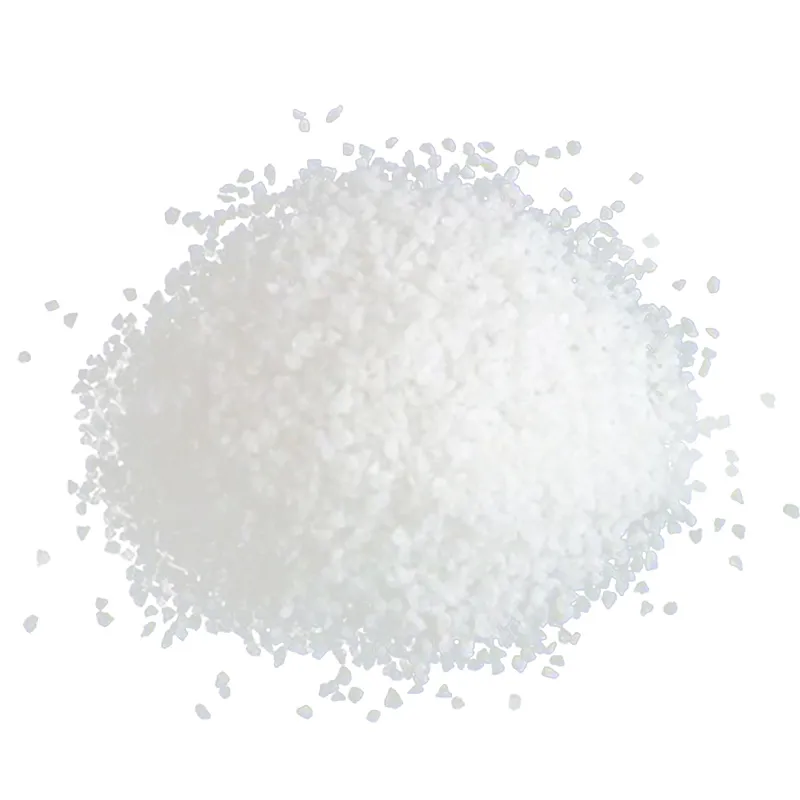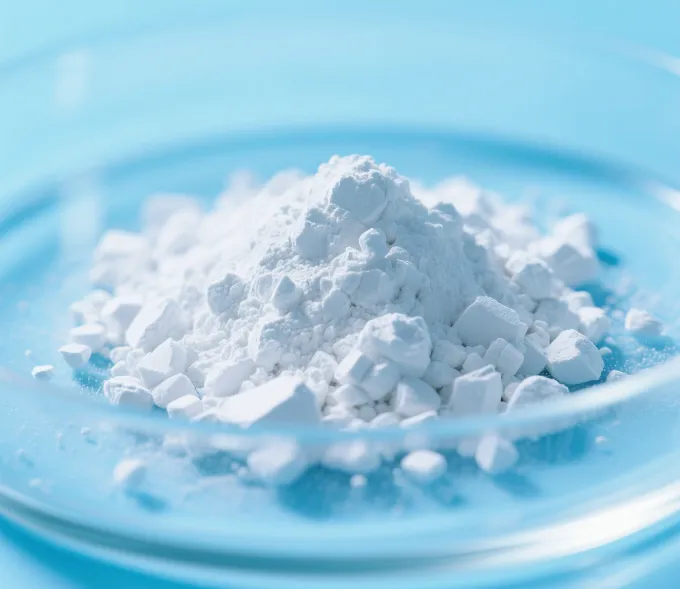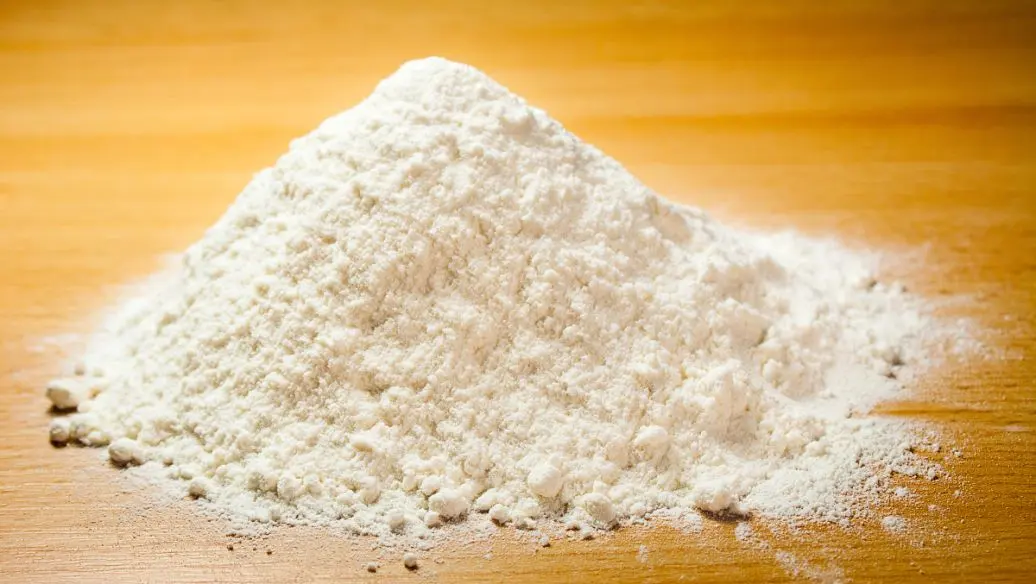Air classifier is an air classification equipment. A system, used to purify quartz, feldspar, mica, kaolin, and magnesium oxide, has a classifier, a cyclone separator, a dust collector, and an induced draft fan.
The fan’s suction moves the material from the inlet at the bottom of the classifier to the classification area at high speed, along with the rising airflow. The high-speed, rotating classification turbine creates a strong centrifugal force. It separates the coarse and fine materials. The fine particles that meet the size requirements go to the cyclone separator or dust collector. They do this through the gap between the blades of the classification wheel.
The airflow classifier’s coarse particles carry some fine particles. They collide with the cylinder wall, losing speed. Then, they fall along the wall to the secondary air outlet. The intense elution of the secondary air separates the coarse and fine particles. The fine particles rise to the classification area for secondary sorting. The coarse particles fall to the discharge port for disposal.
Common protection methods for air classifiers
Machinery also needs constant protection from maintenance personnel. Equipment service life depends largely on maintenance quality. To ensure the equipment runs safely, here are common protection methods for airflow classifiers:
1. Before installing the airflow classifier, clean the pneumatic conveying pipeline with compressed air.
2. After the classifier wheel has run for a time (usually three months), the use should be checked.
3. Place the motor in a well-ventilated area. Check the cooling fan regularly to ensure it works.
4. When starting the airflow classifier, it should be started slowly. The time from zero to working speed should generally not be less than 50 seconds.
5. If there is a problem with each pressure reducing valve, it should be replaced and repaired in time.
6. Clean the vacuum cleaner, dust collection chamber, and cleaning chamber in the open air. Do this at least once a year to avoid caking and deposits.
7. Lubricate and protect all bearings with oil, regularly. Tighten loose fasteners to adjust the clearance of moving parts.








